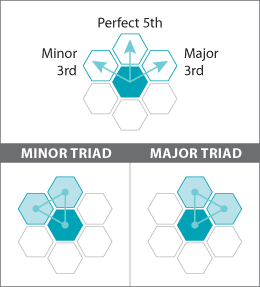 I never really thought I'd say this. I ran across a Peavey mixer that I found really interesting. Really. This mixer is a live desk, designed by Tom Stuckman and his crew at Peavey. Having consulted a bit on church audio systems and having done some live sound work in theater, it was quickly apparent that Stuckman and team's design was really innovative.
I never really thought I'd say this. I ran across a Peavey mixer that I found really interesting. Really. This mixer is a live desk, designed by Tom Stuckman and his crew at Peavey. Having consulted a bit on church audio systems and having done some live sound work in theater, it was quickly apparent that Stuckman and team's design was really innovative. First of all, there are gain sharing automix channels which can be set to levels of priority. Think of a preacher with a lavalier mic and a podium mic. Typically, when you have both, the sound engineer has to manually ride gain on the lav to handle comb filtering with the podium mic. Not so with this system. Give the podium mic higher priority and when decent level feeds that channel it overrides the lower priority lav channel. Now I realize automixers aren't anything new. But the priority system is very cool and (dare I say it) near-idiot proof. Roll in feedback hunt-and-destroy circuitry, fast and accurate cluster delay setup, and great muting & routing capabilities and you have a great board for small churches and theaters. I didn't even scratch the surface on the feature set. Tom assures me that the audio (once again, a trade show - who can hear anything!) is quite good and even is having transistors made to high specs specifically for these products.
Kudos to Tom and his team. I look forward to seeing one of these systems in a working situation.



